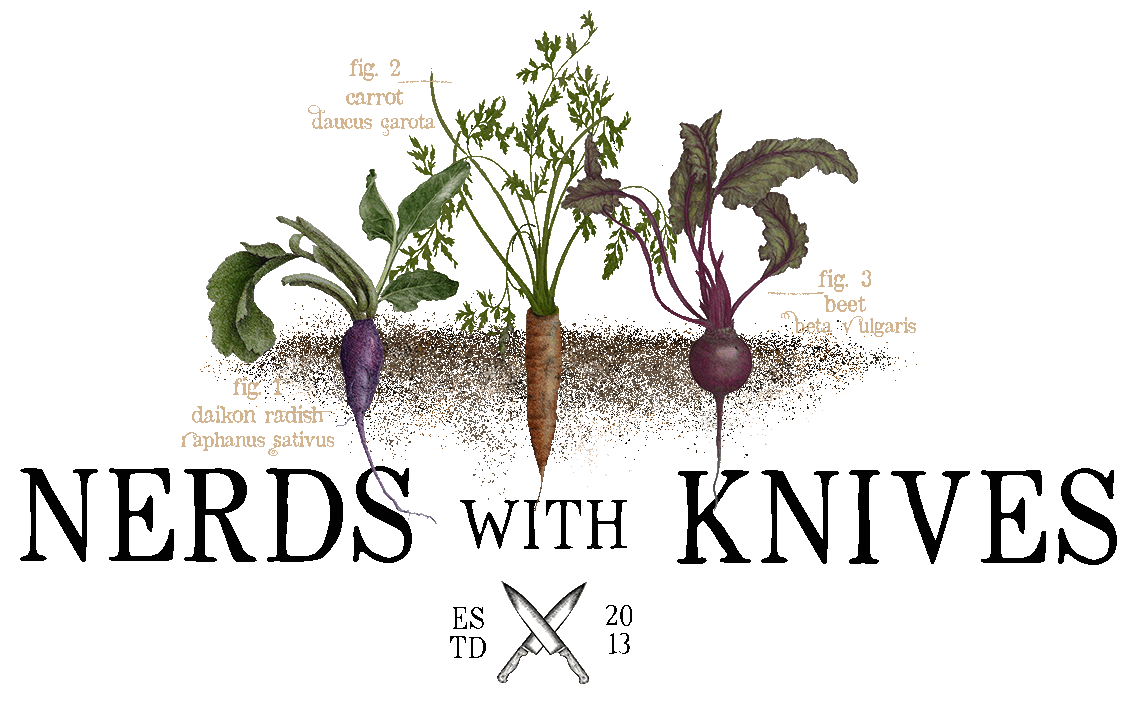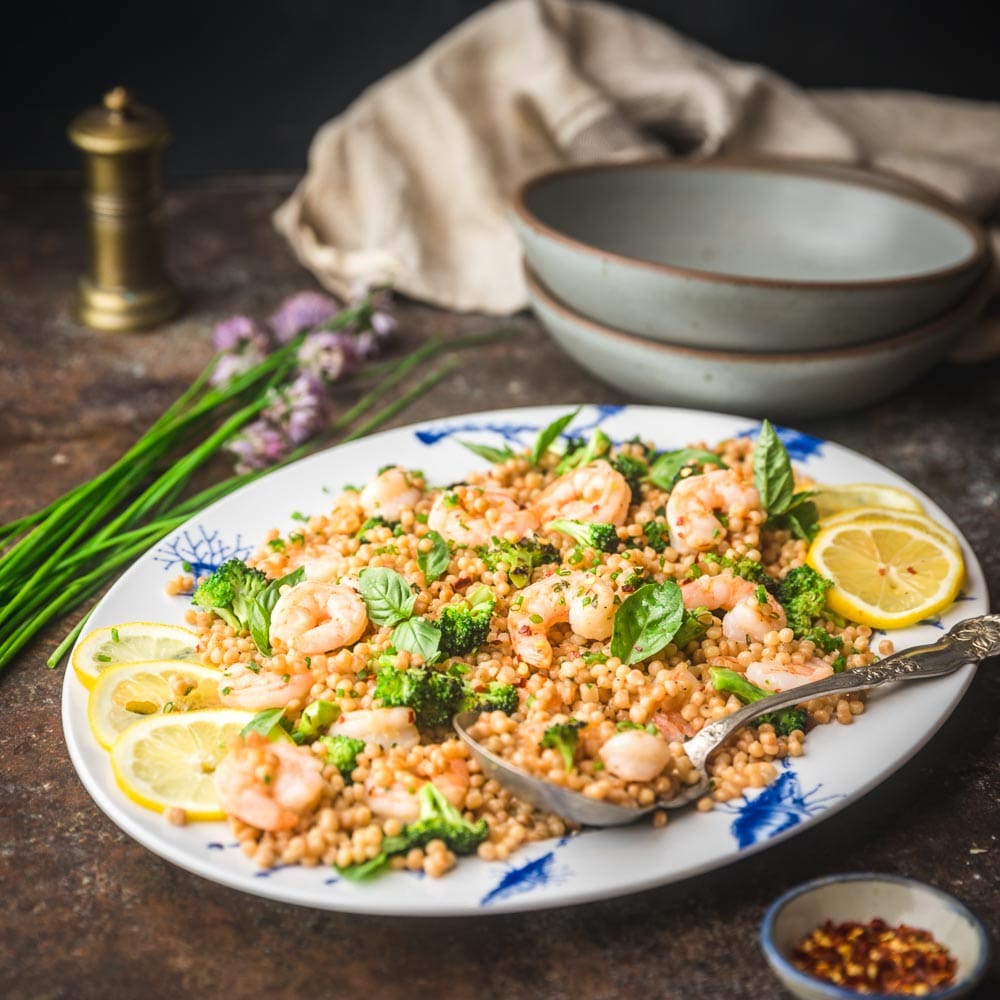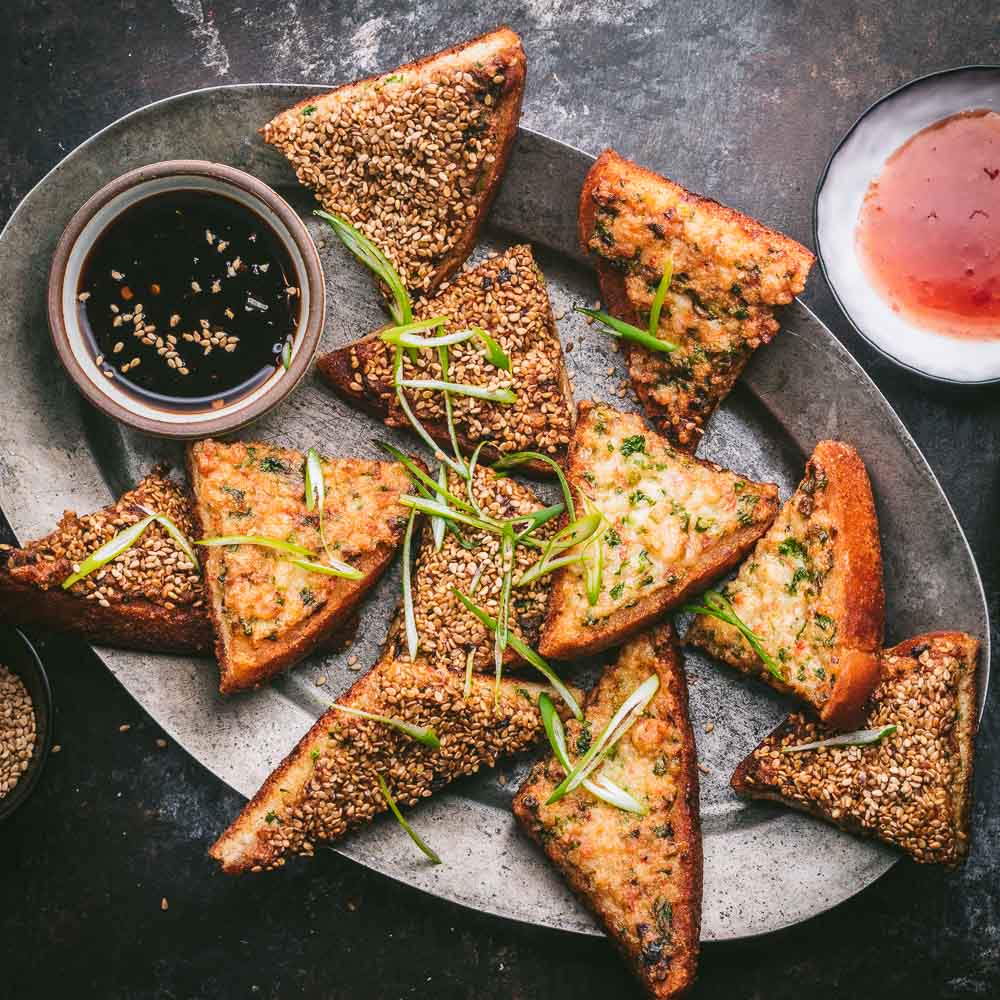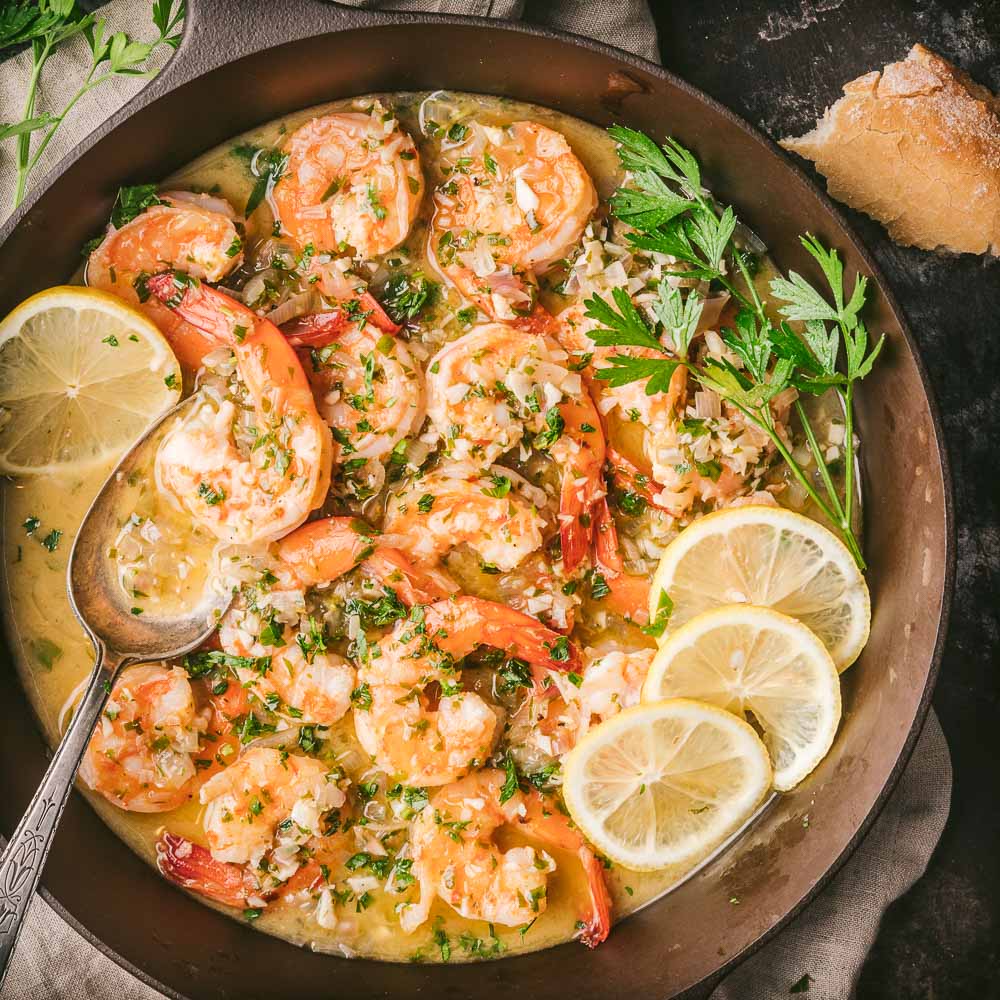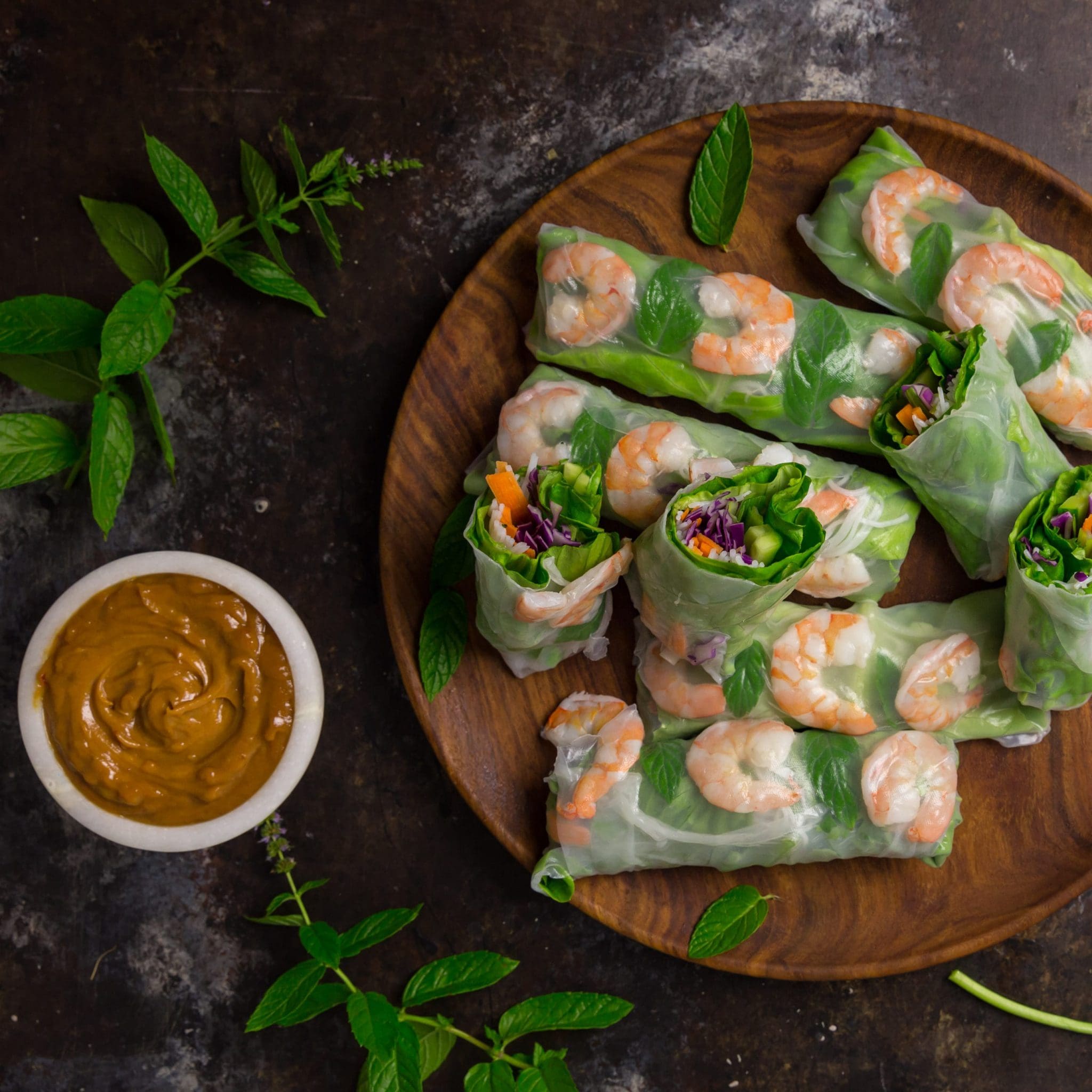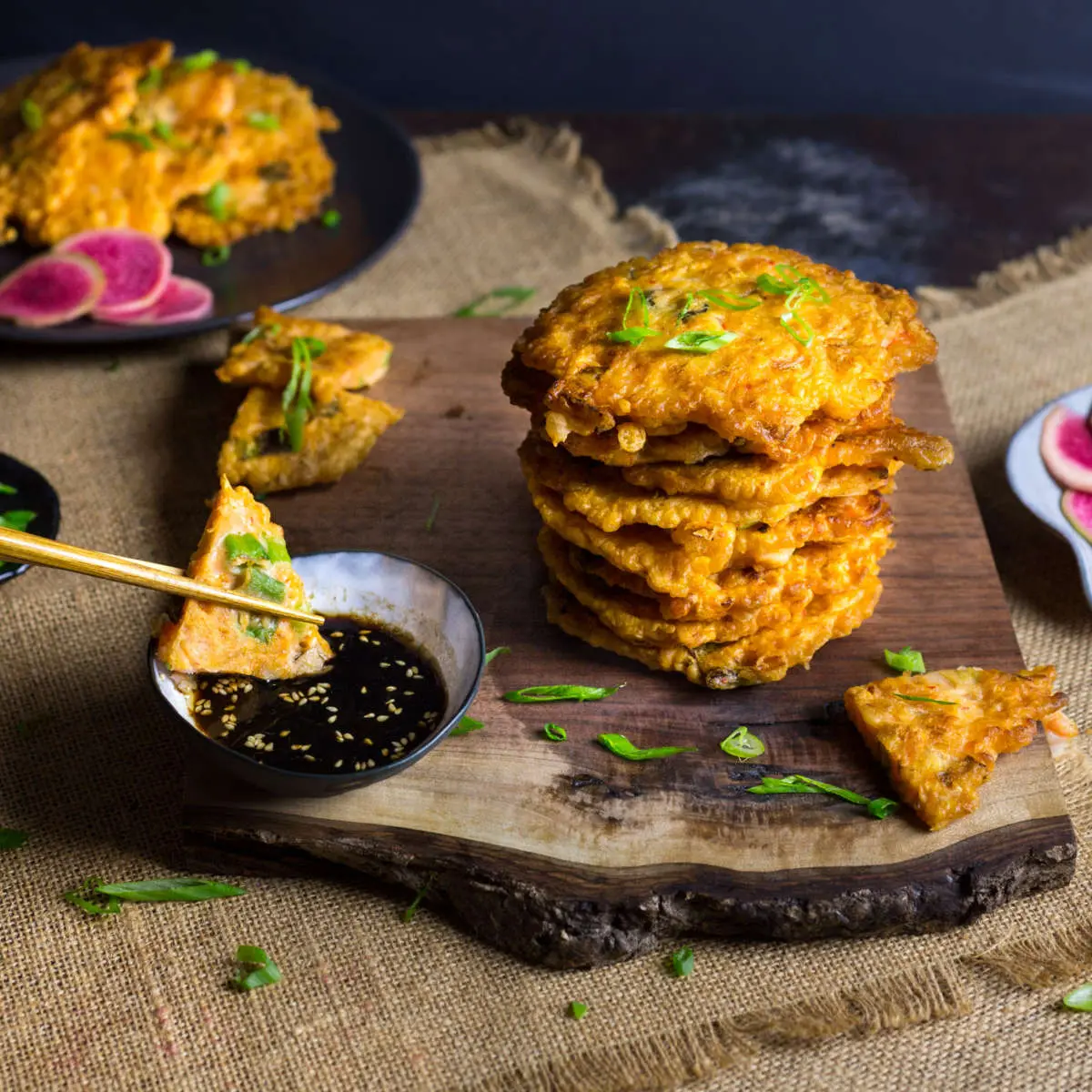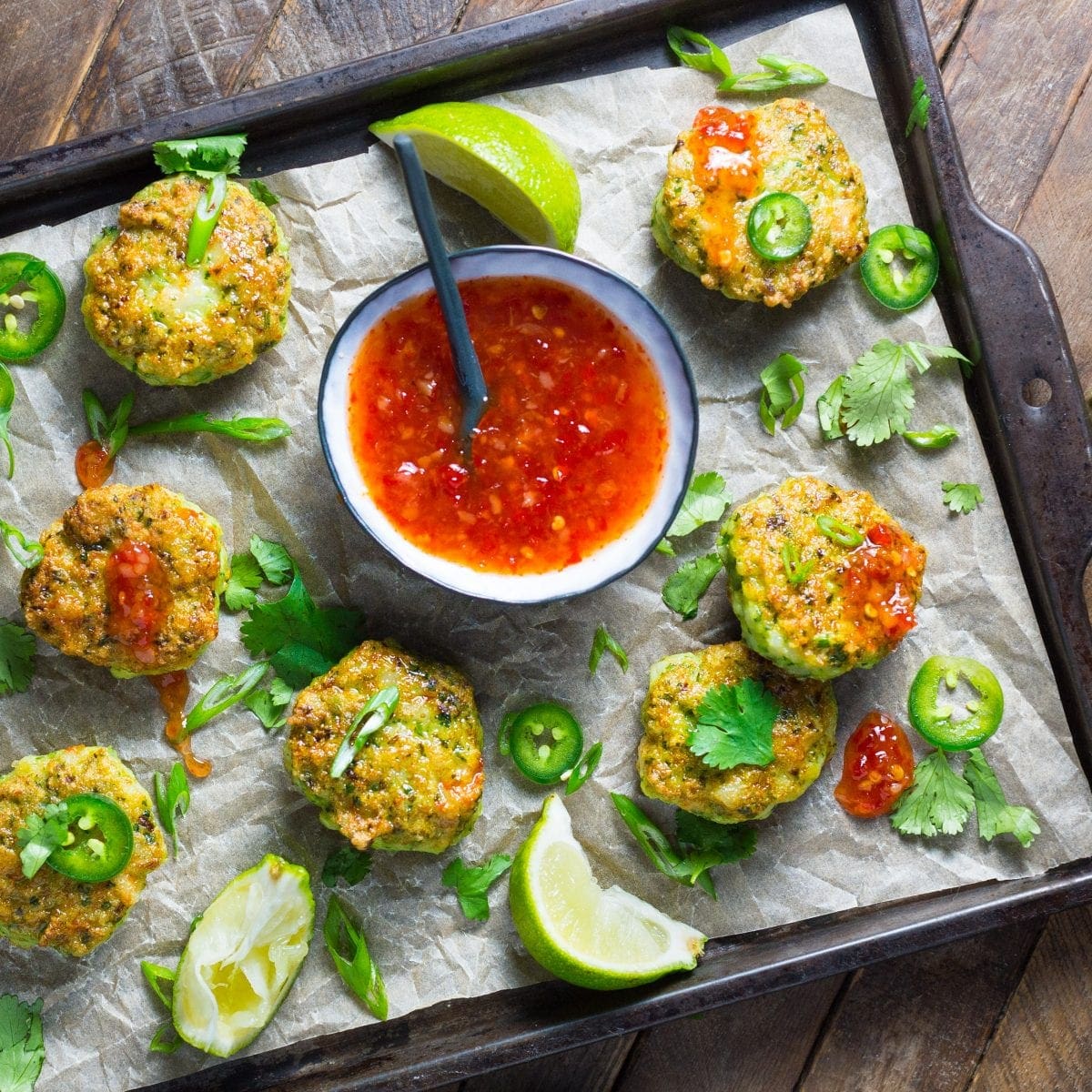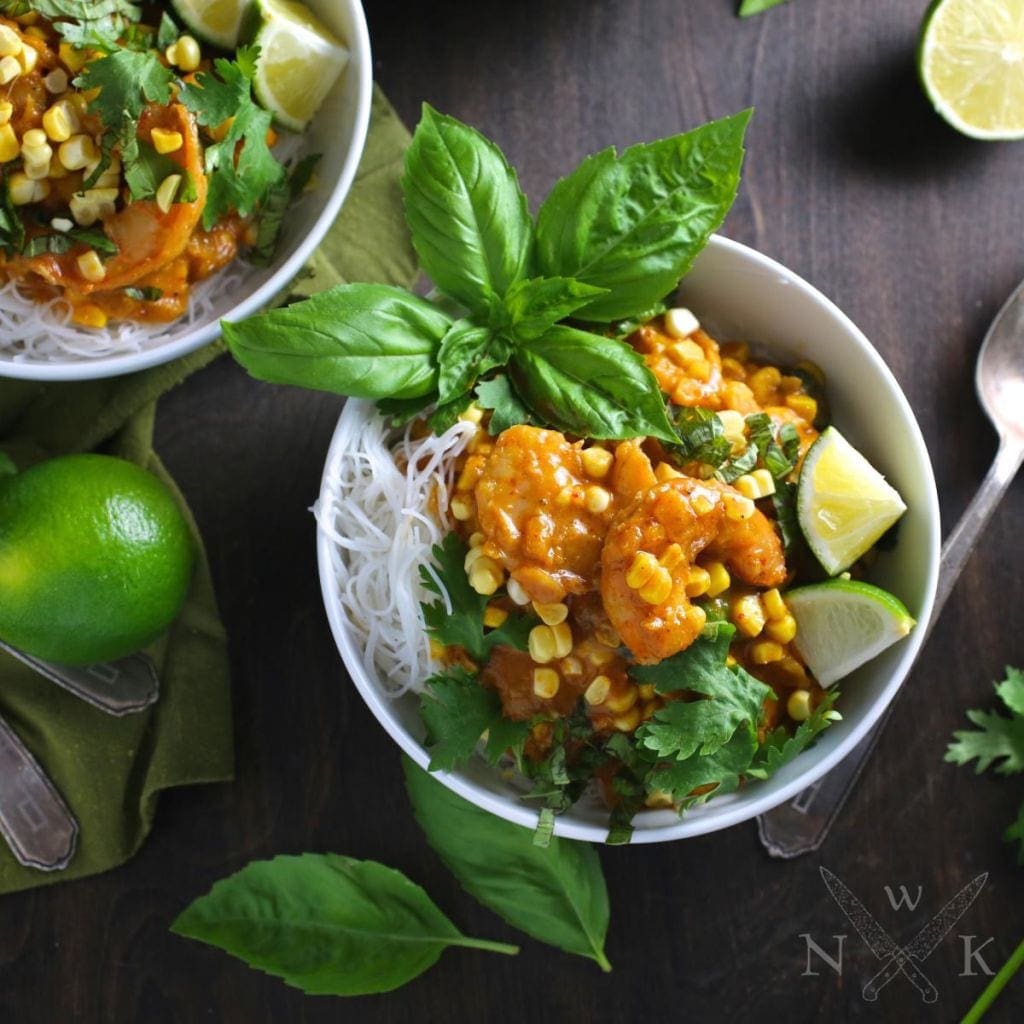Shrimp are, by far, the most popular seafood in the U.S., accounting for about 25% of all seafood sales. It’s easy to see why; they’re delicious, relatively affordable and easy to prepare. But with so many varieties and options, buying them can be extremely confusing. Fresh or frozen? Peeled or un-peeled? Raw or cooked? What about sustainability? We break it down so you can be confident you’re getting the right shrimp for the job.
Wild-caught or Farmed?
If you can find them, we recommend buying shrimp that’s wild-caught. Wild-caught shrimp have a cleaner, deeper flavor than their farmed counterparts and tend to have fewer adverse environmental effects. If wild-caught are not available or too expensive, look for farmed shrimp that were raised sustainably and responsibly.
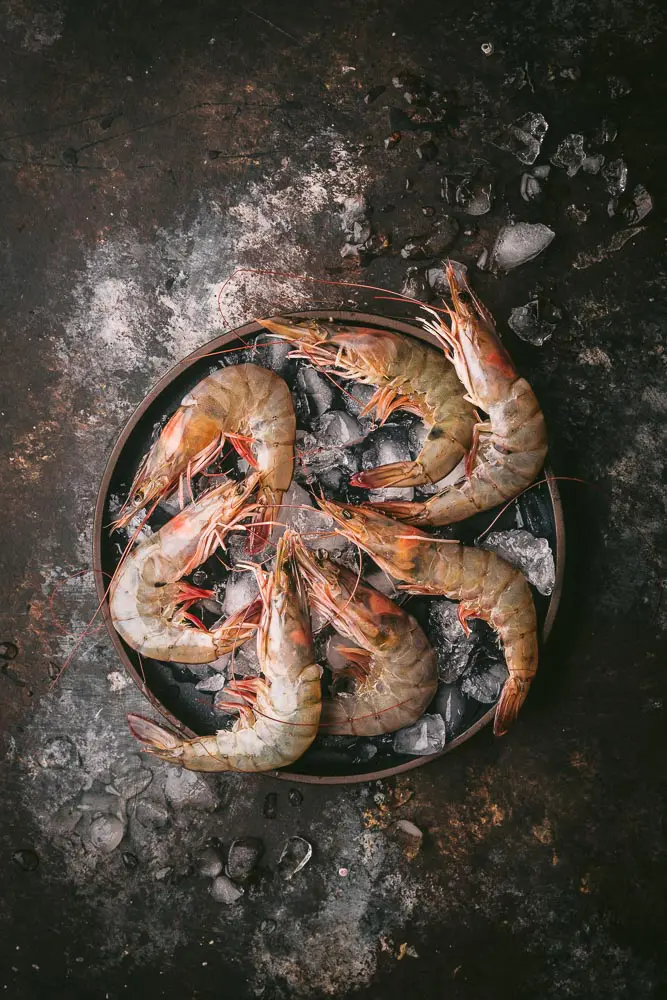
Fresh or Frozen? The answer may surprise you
Counter to what you might assume, the “fresh” shrimp displayed on ice at your supermarket have most likely been shipped frozen, and then thawed for sale (which means they’re actually getting less fresh every hour). Because of that, still-frozen shrimp are often more reliable since they’re usually frozen right there on the boat, minutes after having been pulled out of the water.
Shrimp are usually frozen either in large five pound blocks or by using the IQF (Individually Quick Frozen) method. IQF is our recommendation, because the shrimp sustain less damage and end up higher quality.
If buying shrimp “fresh”, avoid shrimp (or any seafood) that smells like ammonia – a clear sign that it’s bad. Avoid shells that feel mushy or slimy. If you purchase frozen shrimp, let them defrost slowly in the refrigerator, allowing the water to drain off as they thaw.
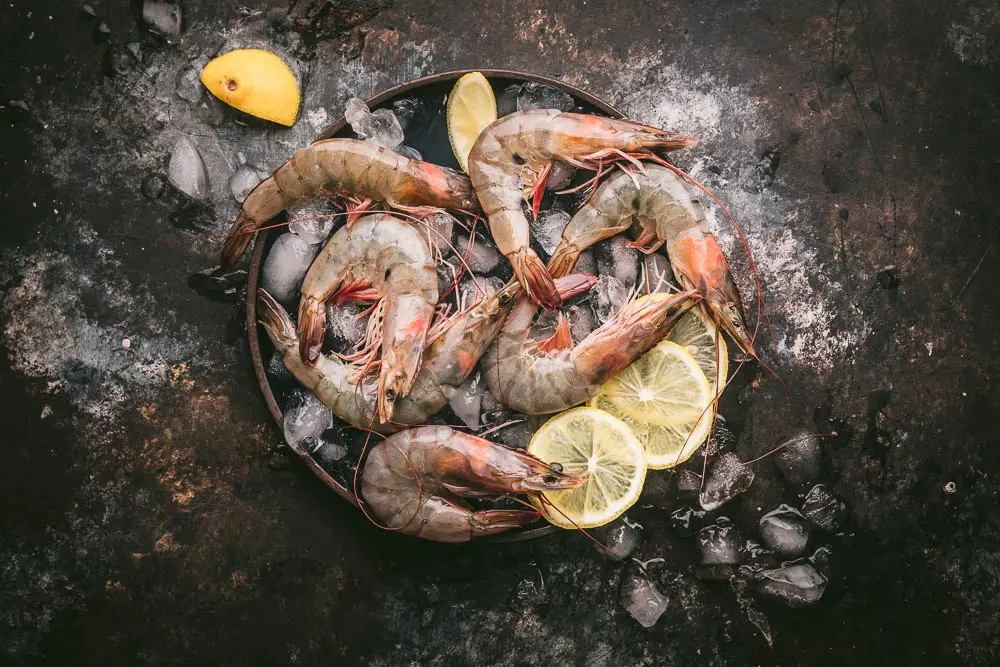
Size Matters. Or does it?
Shrimp are often sold by quantity per pound, called a “unit number” or U. For example, 26 to 30 shrimp per pound will be labeled U26/30, larger ones might be U16/25. In the supermarket, these loosely correspond to terms like large (U31/40), extra-large (U26/30), or jumbo (U16/25), but there’s no standard for the names which means stores can call any size shrimp whatever they want.
Unless we’re stuffing the shrimp (which would make small ones difficult), we usually buy whichever shrimp look (and smell) freshest, or stick with responsibly farmed frozen.
Shrimp Sizing Chart
| Common Sizing Term | Shrimp Count Per Pound | Best Used For |
| Super Colossal | U10 | Baking, Stuffing, Grilling |
| Colossal | U15 | Baking, Stuffing, Grilling |
| Jumbo | U16/25 | Frying, Shrimp Cocktail, Grilling |
| Extra Large | U26/30 | Pasta dishes, Shrimp Scampi, Sandwiches |
| Large | U31/40 | Fried Rice, Stir Fries |
| Medium | U41/50 | Fried Rice, Stir Fries, Fritters |
| Small | U51/70 | Burgers, Shrimp Cakes, Fritters |
Pre-peeled or Shell-on?
We recommend buying shrimp shell-on and here’s why. It may feel like a lot of (possibly intimidating) work to peel and de-vein shrimp yourself but there are a lot of reasons to do it. First and foremost, pre-peeled and de-veined shrimp are often mangled and unappetizing by the time they get to you. Secondly, it’s almost impossible to know for sure but there is a good chance the shrimp have been shipped to a country like Thailand, and peeled by slave labor. Horrifying, to say the least. Not to mention the wasted fuel and resources required to ship products across the globe.
So shell-on shrimp are better quality and are better for the world, but another reason to peel your own is that shrimp shells make fantastic stock. Just sauté the shells in a little butter or olive oil until they turn pink, then add a few cups of water and some aromatics like onion and herbs, if you like. Simmer for 10 minutes and strain. If you don’t want to make stock right away, keep a bag of peeled shells in the freezer to use as needed.
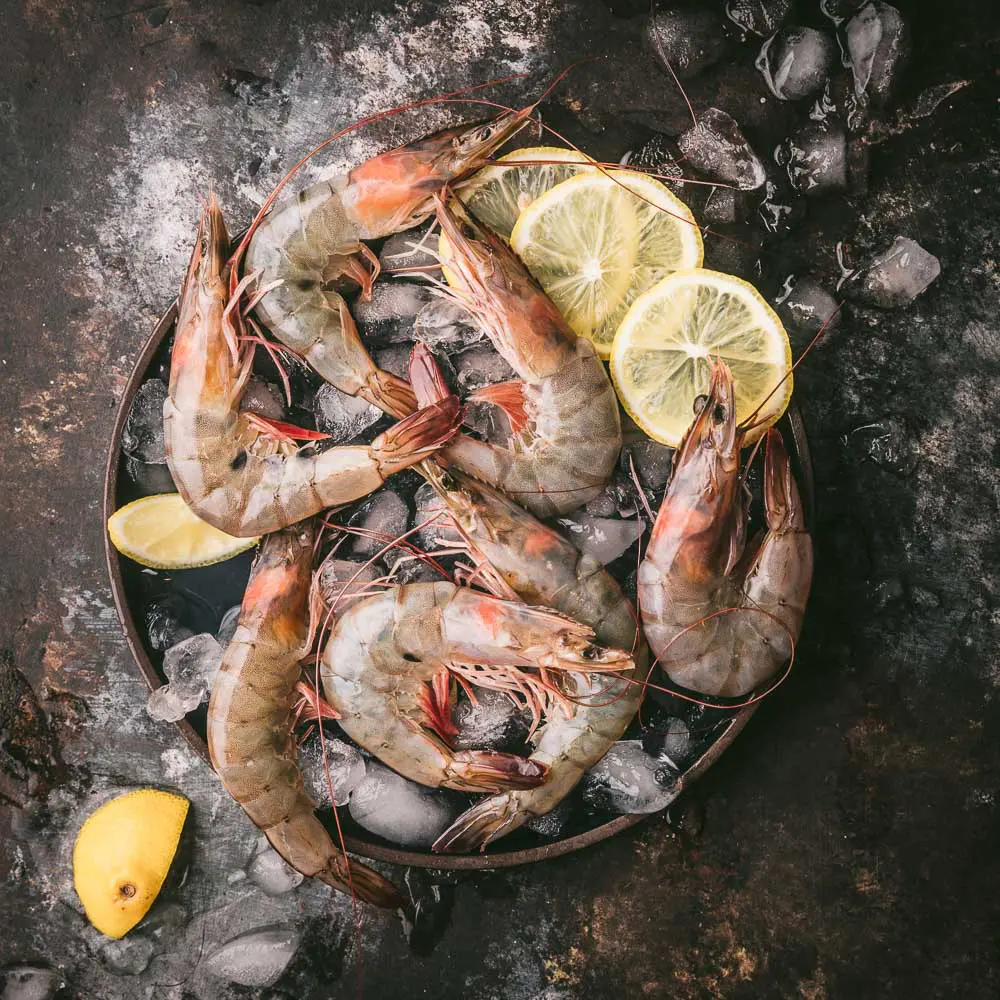
How to peel and de-vein shrimp
The thin, dark tube called the “vein” that runs along the top of a shrimp is actually its digestive tract. It won’t harm you to eat it, but it has a sandy texture and is kind of gross. It’s easy enough to get rid of so we recommend it.
Peel the shrimp by pulling off the legs and removing the shell (leaving the last segment and the tail on, if you like). We find de-veining easiest to do under a little cold running water or with a bowl of cold water handy. Use a sharp paring knife to cut a little slit all the way down the back of the shrimp until the vein is exposed. Use your fingers to grab the vein and gently pull it out. Give the shrimp a quick rinse and you’re done. The vein may be empty so don’t be alarmed if you don’t see it in every shrimp.
Here’s a video by our friend Kenji at Serious Eats if you want to see the method. You can also purchase a shrimp de-veiner, an inexpensive curved plastic tool that will both peel and devein in one quick motion.
Our thoughts on pre-cooked shrimp
Pre-cooked shrimp are almost always overcooked, flavorless and rubbery. Since they’re already cooked, it’s difficult to impart flavor without cooking them even more. Since raw shrimp cook in minutes, it’s just about always worth taking the time to cook them correctly. We don’t recommend them.
Shrimp Recipes We Love
Here are some of our favorite shrimp recipes at Nerds with Knives. They include our new recipe for Shrimp Scampi. Let us know if you try them! Happy shrimping!
